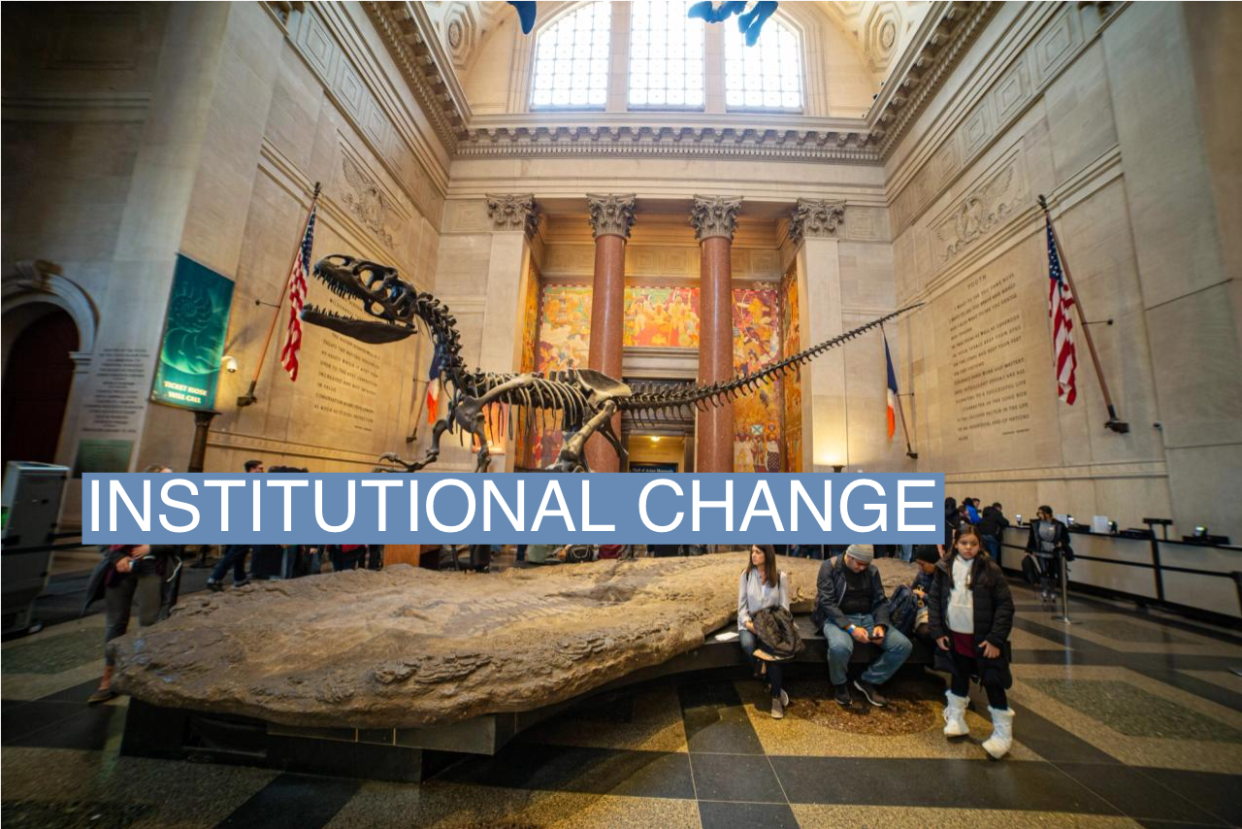New York's Natural History Museum closes halls displaying Native American artifacts

- Oops!Something went wrong.Please try again later.
Semafor Signals
Supported by
Insights from The New York Times, the United States Attorney’s Office, Global Times, and Semafor
The News
The American Museum of Natural History in New York will shutter two halls dedicated to Native American artifacts, it said Friday, complying with new regulations that require consent from indigenous tribes before displaying or handling cultural objects.
The closure of the galleries in the world-renowned institution comes as the Biden administration ramps up efforts to return Native American items stored in museums — a process that has spanned decades and been slammed by tribes as being overly slow and “susceptible to institutional resistance,” The New York Times reported.
In a letter to staff, the museum’s president said: “Actions that may feel sudden to some may seem long overdue to others.”
SIGNALS
Supporters say repatriation of remains is a matter of human rights
As well as funerary objects and sacred items, the Indigenous collections held by some of the United States’ oldest museums include human remains, and their repatriation has sparked criticism not only over delays but in the way the highly sensitive topic is discussed.
The American Museum of Natural History has so far repatriated a third of the Native human remains it held, but remains pertaining to more than 96,000 individuals are still held in other institutions, the New York Times reported, although typically they cannot be exhibited.
“This is human rights work, and we need to think about it as that and not as science,” the director of the Museum of Anthropology at the University of Missouri said. One repatriation expert said that he feared the language used in the new regulations made indigenous objects seem like throwaway items. “This garage sale mentality of ‘give it all away right now’ is very offensive to us,” The New York Times quoted him as saying.
Other institutions are being held accountable for keeping cultural treasures
The move by one of the United States’ leading museums comes amid mounting calls for institutions across the world to return cultural treasures seen as stolen by foreign powers and pertaining to a bygone era. The Metropolitan Museum of Art in New York recently agreed to return 16 ancient Khmer artworks to Cambodia and Thailand, following a federal investigation into the dealings of the late antiquities dealer Douglas Latchford, who is accused of looting them from sacred sites in Southeast Asia. Meanwhile, the theft and subsequent damage of roughly 2,000 pieces from the British Museum in London prompted Chinese state media to demand the return of Chinese artifacts they believed were originally stolen from the country. Writers of a column in the Global Times said they no longer had confidence that the museum could safely care for some 23,000 Chinese relics in their possession, Semafor’s Diego Mendoza reported.

